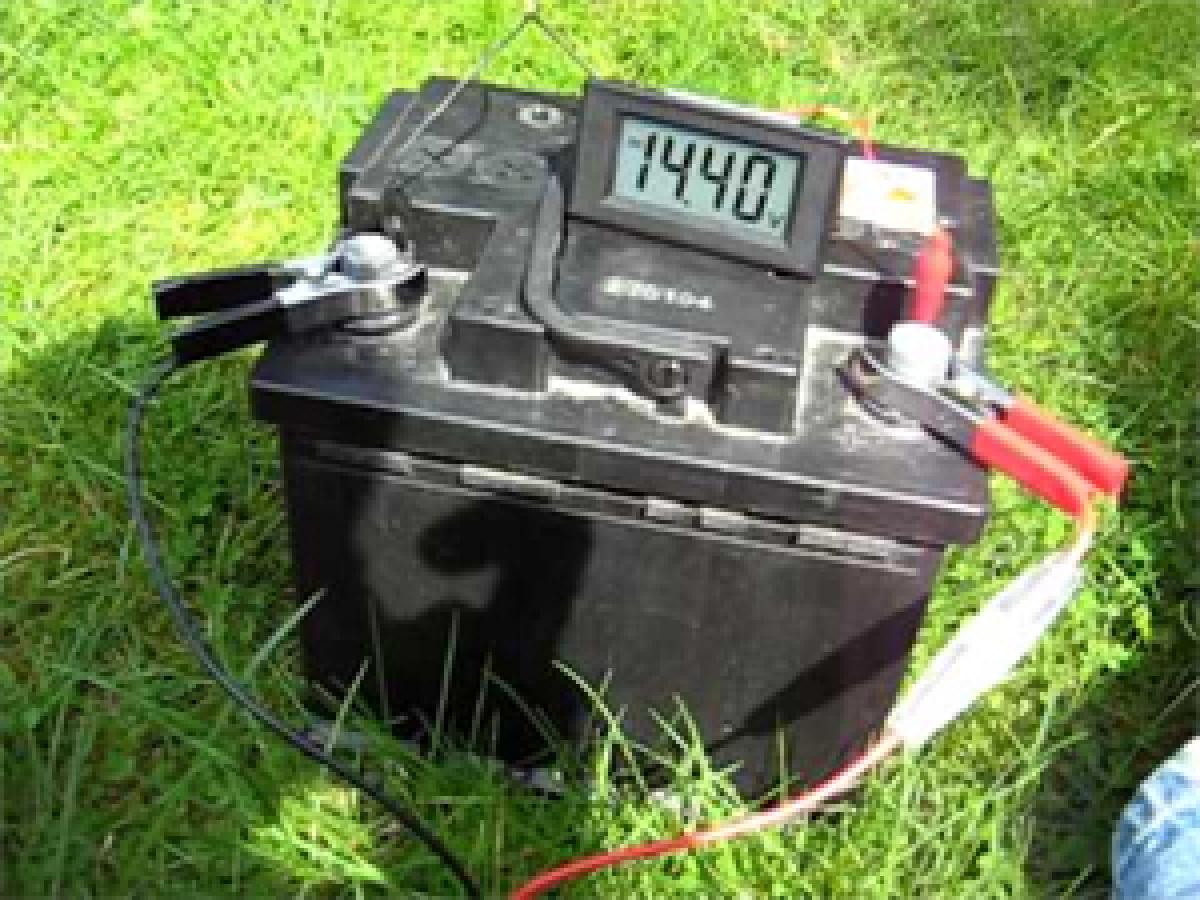Live
- Apple iPhone SE 4 May Launch in April 2025 with Major Upgrades
- Mahindra unveils new manufacturing, battery assembly facility
- PM Modi moved nation from ‘chalta hai’ to ‘hoga kaise nahin' attitude: EAM Jaishankar at 18th PBD meet
- AIADMK expels party leader arrested in POCSO case
- Clarke hails Bumrah as 'best fast bowler ever' across all three formats
- Marcus Rashford’s camp opens talk with AC Milan for loan move: Report
- Dr. V. Narayanan Appointed New ISRO Chairperson: Leading India’s Space Future
- Zambia power utility cautious on increasing generation despite rising water levels in Lake Kariba
- 11 Cases of HMPV Reported in Hyderabad, Telangana
- Centre okays funding for AI Touch to develop AI-driven 5G RAN Platform





.jpg) New York: Combining a solar cell and a battery into a single device, researchers have developed a design that is 20 percent more efficient than today's traditional batteries.
New York: Combining a solar cell and a battery into a single device, researchers have developed a design that is 20 percent more efficient than today's traditional batteries.



